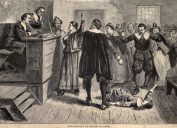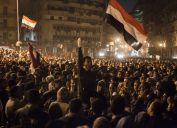30 Astonishing Facts About World War II That Will Change the Way You View It Forever
History's largest conflict is far more complex than you'd imagine.

In the words of the great historian John Keegan, World War II was "the largest single event in human history," a conflict "fought across six of the world's seven continents and all its oceans. It killed 50 million human beings, left hundreds of millions of others wounded in mind or body and materially devastated much of the heartland of civilization."
As such, it's been analyzed and explored from an incalculable number of angles in history books, films, art, and, well, pretty much every other medium.
But, while the key figures and events are familiar to the average high schooler who is immersed in the history books, such a complex, endlessly fascinating era packs plenty of overlooked or under-appreciated stories, characters, and facts for the rest of us. Here are 30 bits of trivia from the Second World War that may make you rethink what you know about it. And if you want to continue delving back into the past, learn all about History's Biggest Conspiracy Theories That Still Creep Us Out.
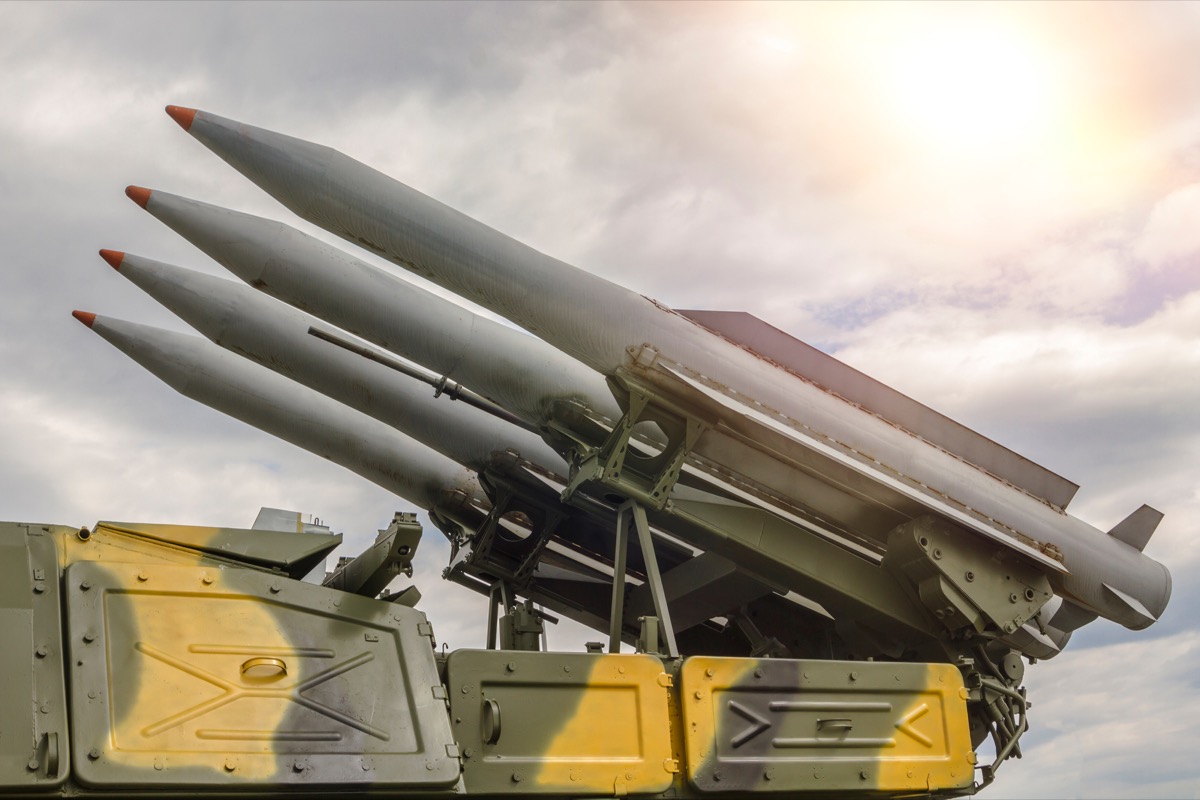
As if the Nazis weren't sinister enough, they came surprisingly close to developing plutonium—the stuff that makes nuclear weapons go kaboom. When the Germans invaded Norway, they took over a factory in the Telemark region that produced heavy water, which was used to create plutonium. But before they were able to produce anything, a band of 11 Norwegian commandos sabotaged the plant, setting off explosives in the base without suffering a single casualty on their side. And for more 20th-century lessons, here are The 40 Most Enduring Myths in American History.

Japan paid 1 million yen to a team of scientists that promised they could create a "death ray" that would use wave electric power to kill humans standing miles away, drawing on the innovations of Nikola Tesla. The Japanese got as far as a prototype that could kill from as far away half a mile—but the target had to stand still for 10 minutes for it to work. And for more fascinating facts from the past, here are 50 Amazing Historical Facts You Never Knew.

The swastika symbol has become synonymous with Nazis, antisemitism, and hate. But it was not always so. The geometric symbol, which gets its name from the Sanskrit expression for "conducive to well being or auspicious," appeared in a number of cultures and spiritual practices, from Jainism to Hinduism to Native American iconography. Too bad Hitler had to ruin it.
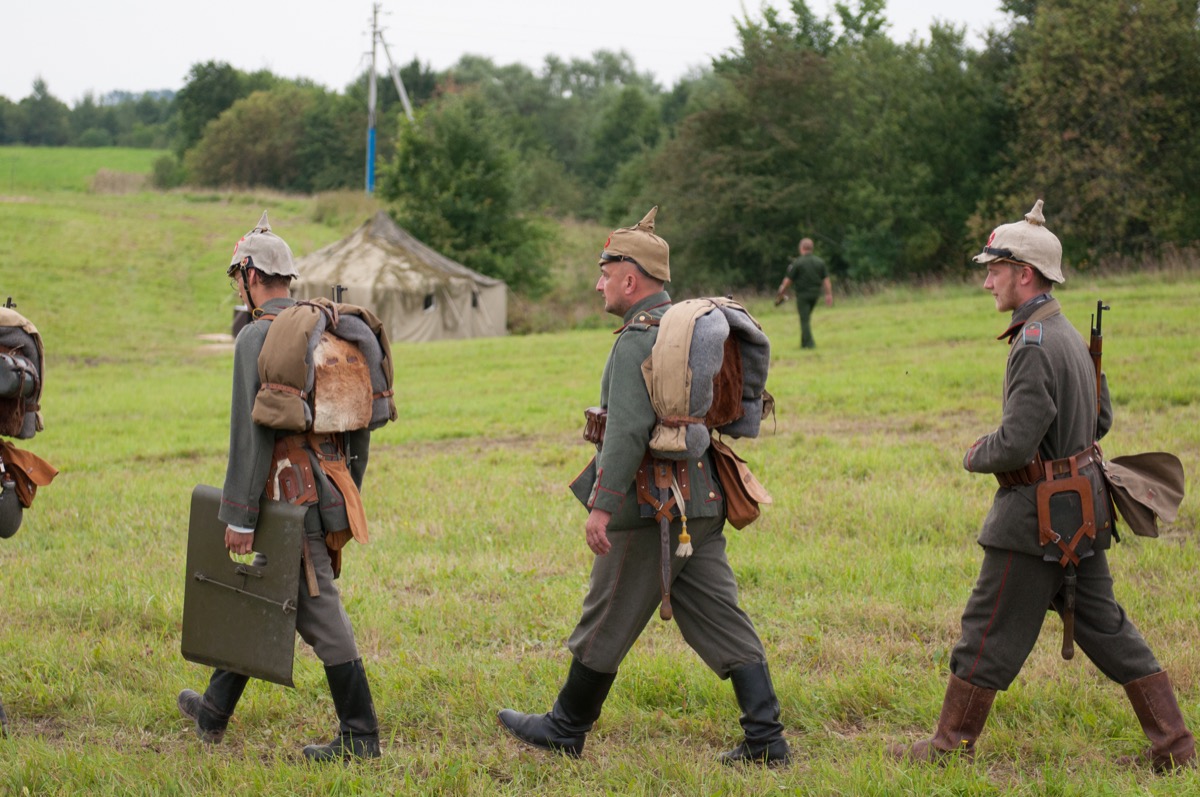
The largest confrontation of World War II—the blood Battle of Stalingrad, which lasted from July 1942 to February 1943—began with Germany's attempt to capture the industrial city, included air attacks and degenerated into house-to-house fights, with reinforcements streaming into the city from both sides as tens of thousands were killed. Though the Axis powers suffered between 650,000 and 868,000 casualties, the Soviet Union lost more than 1.1 million people.
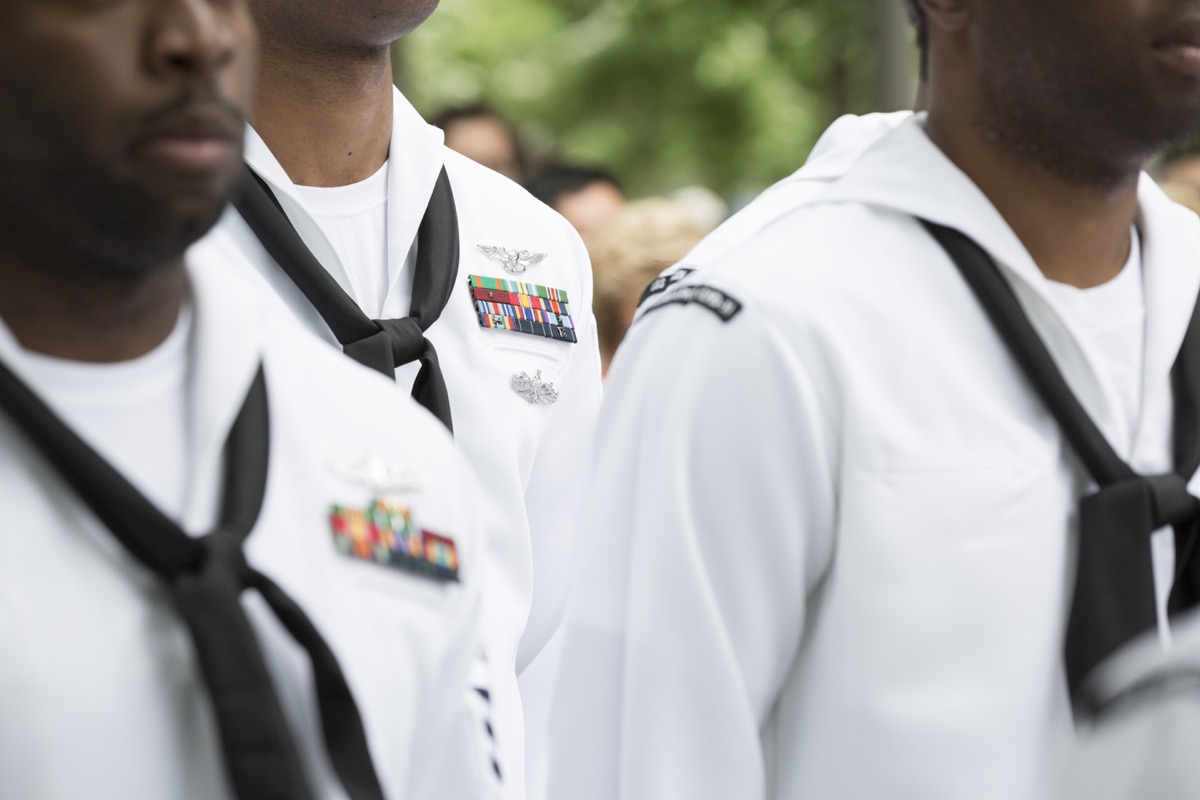
An acronym for Commander in Chief, United States Fleet, it was pronounced "sink us"—which proved particularly awkward after Pearl Harbor was attacked in 1941. It was quickly changed to COMINCH in December 1941 (and its jurisdiction was expanded, as it was given command of the Atlantic, Pacific, and Asiatic Fleets in the process). And to really have the past blow your mind, check out these 30 Things in History Textbooks That Weren't There Just 10 Years Ago.
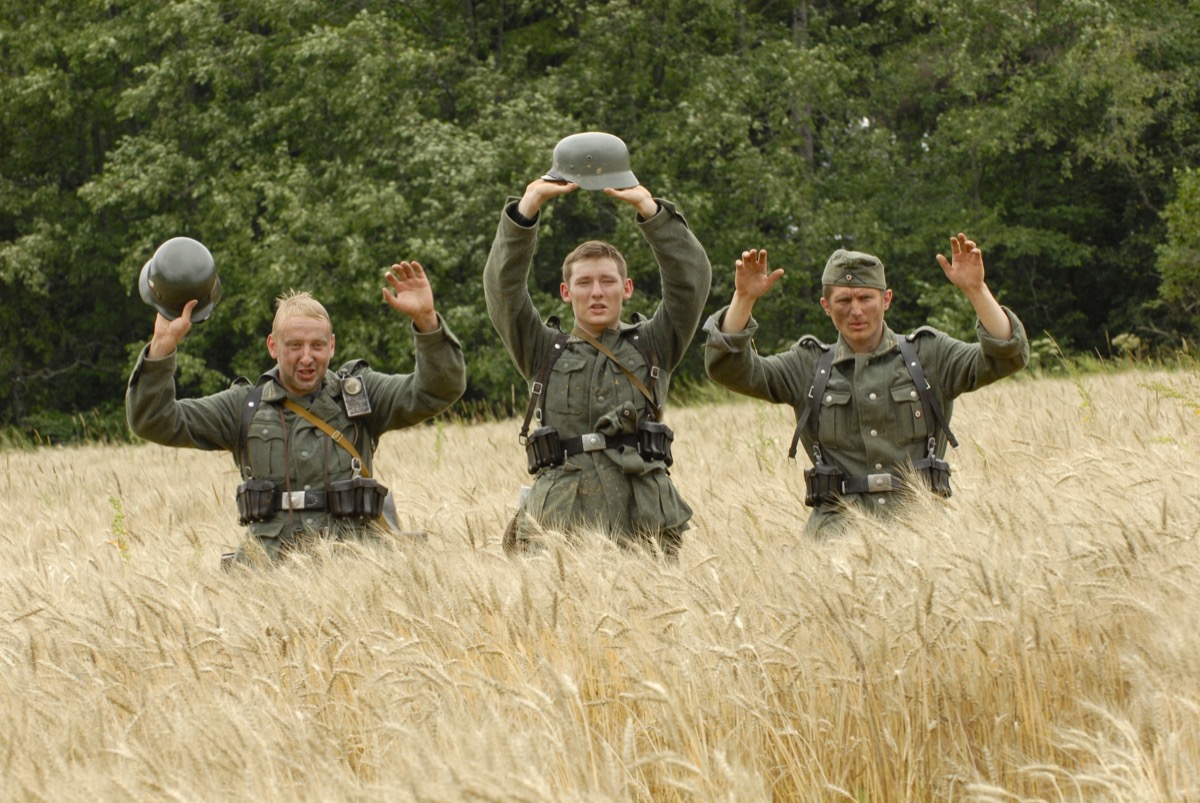
Maybe the Allies were just trying to rub it in, but the rather diminutive British Corporal Bob Roberts was charged with taking the surrender of one of the tallest soldiers in the German Army. Standing at 7' 6", Jakob Nacken towered over Roberts (5' 3") as he accepted his surrender.
"I didn't take a lot of notice of this guy at the time. I just passed the prisoners on one after the other after searching them," Roberts said later. "But my mates who were watching the rest of the men saw this giant of a guy approach me and I was aware they and the Germans were having a good laugh."

The Battle of the Atlantic ran as long as WWII itself, from the moment the British declared war against Germany, in September 1939, through the German surrender in May 1945—almost six years. The whole time, German U-boats aimed to disrupt the supplies of goods going to Britain battled the Royal Navy, Royal Canadian Navy, and United States Navy, as well as Allied merchant ships. The Germans were devastatingly effective at times, practically starving the British during some periods of the battle—until eventually the tide turned. And to learn how the past affects the future, check out the 30 Best Pieces of Historical Advice That Are Relevant Today.
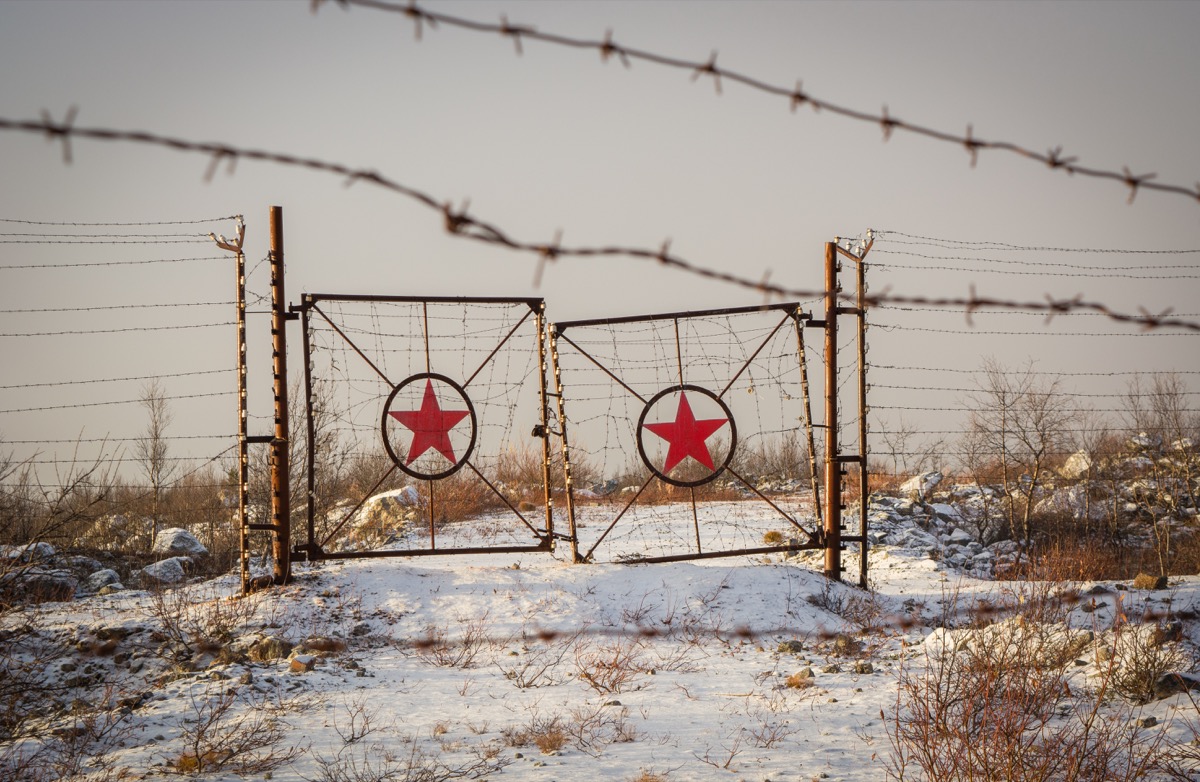
Though some accounts claim 80 percent of Soviet men born in 1923 died during the war, Mark Harrison, professor at the Department of Economics at the University of Warwick, crunched the numbers and came up with a lower, but still staggering, figure: "Around two thirds (more exactly, 68 percent) of the original 1923 male birth cohort did not survive World War II," he wrote on his blog.
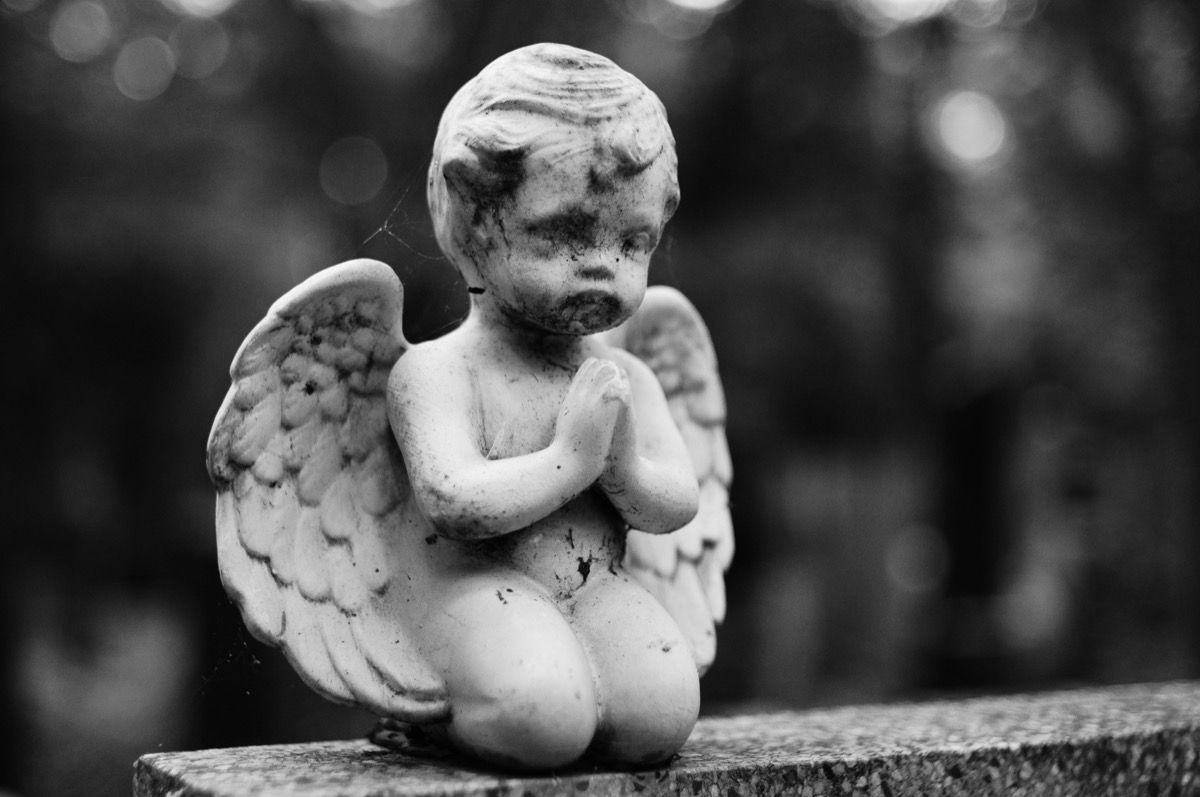
That staggering aforementioned 68 percent statistic hides another important fact: These men didn't all die in the war. As Harrison explains, the war was not even the most important reason for the low survival rate of these Soviets. "The babies of 1923 were born at an awful time and faced a dismal future," he wrote. "The country they were born in was poor and violent. Between 1914 and 1921 their families had endured seven years of war and civil war, immediately followed by a major famine. Their society lacked modern sanitation, immunization programs, and antibiotics. Rates of infant mortality and childhood mortality were shockingly high."
Those born in 1923 would have had to survive a major famine in 1932 plus Stalin's Great Terror in 1937. By the time Germany attacked their country in 1941, many had already been decimated.

Iowa native and West Point graduate Robert M. Losey was directed to Norway as the Germans began to invade the country, to help evacuate American officials across the Swedish border. He reached Sweden with U.S. Minister Florence Jaffray Harriman. but lost contact with the second part of his party—and decided to return to Norway to search for them.
Harriman volunteered to join him, but Losey reportedly told her, "I certainly don't want to be killed, but your death would be the more serious." She opted to stay in Sweden and Losey was indeed killed when a bomb fell near a railway tunnel in which he sought cover, making him the first U.S. casualty of the war.
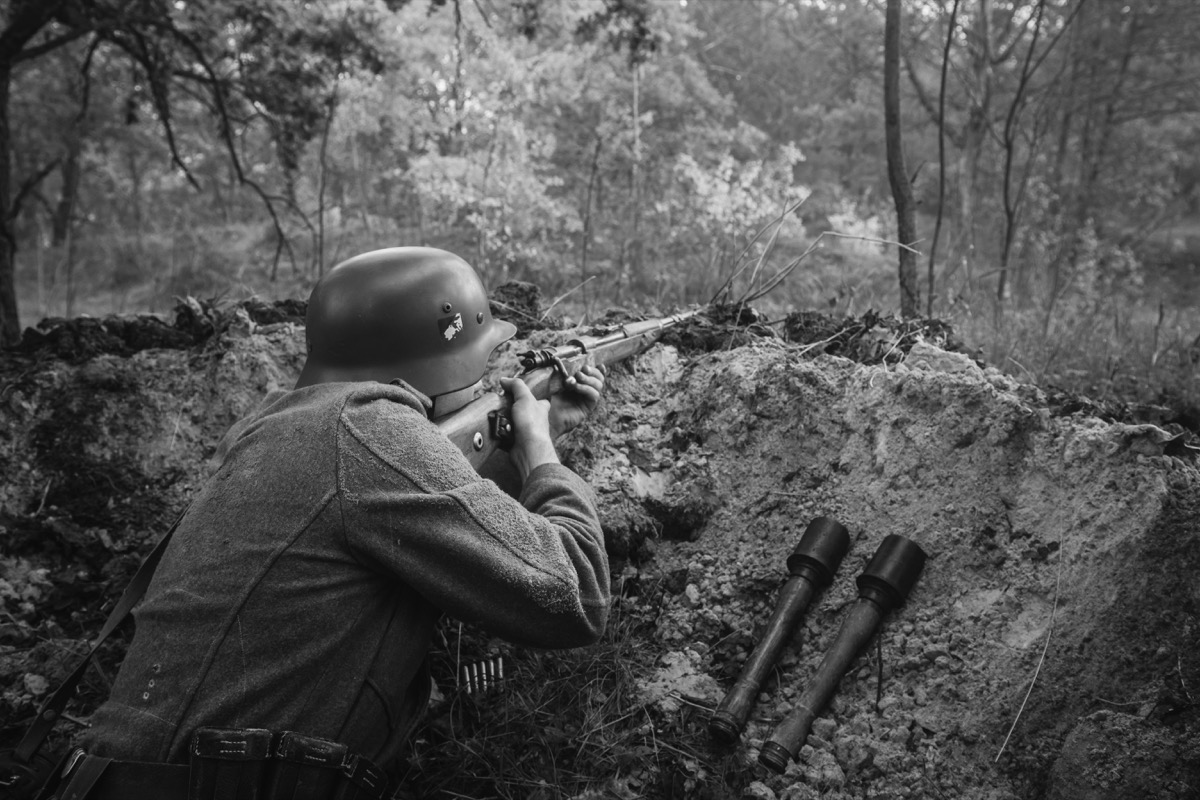
Private First Class Charley Havlat, born in Nebraska to Czech immigrants, returned to his parents' native home of Czechoslovakia while serving his country. On a dirt road just 12 miles in to the country, on May 7, 1945, Havlat and his platoon were showered with enemy machine gun fire. He took a bullet to the head and was killed instantly. Neither he nor the German officer who led the ambush that ended his life knew that a ceasefire had been announced just nine minutes earlier.
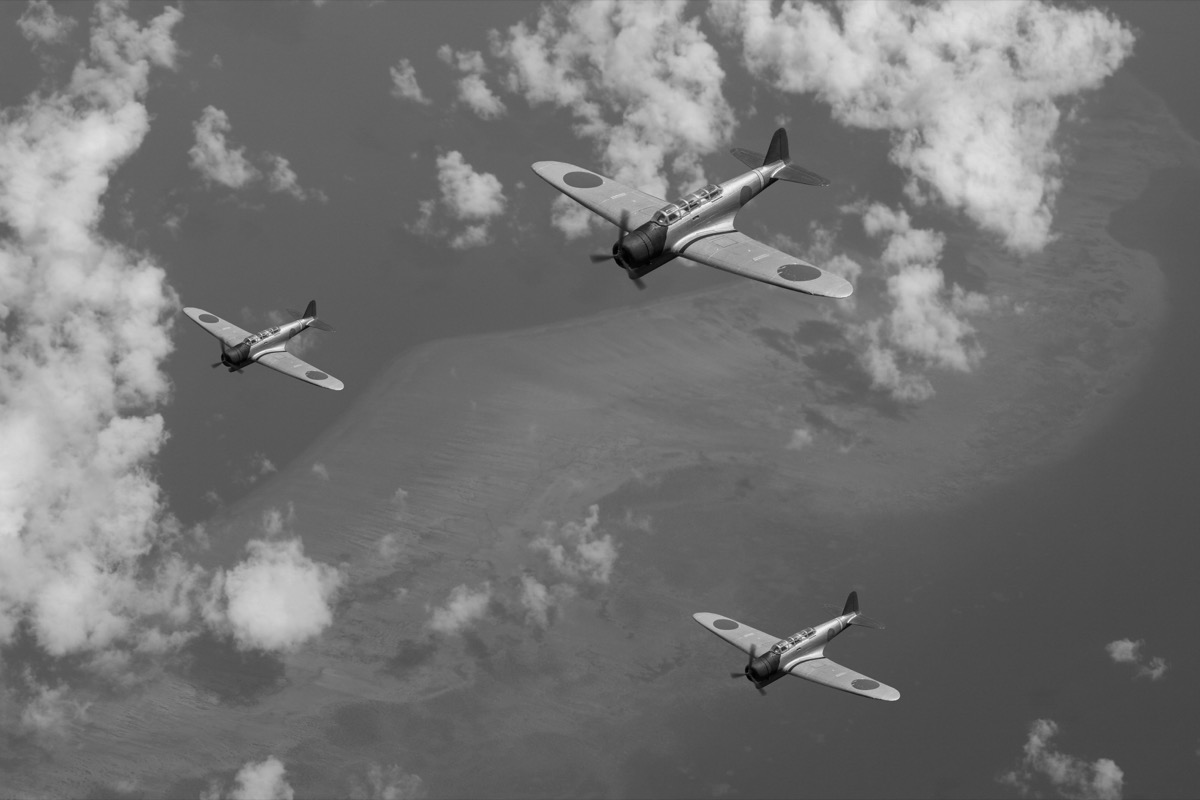
Japanese pilot Shigenori Nishikaichi, among those who bombed Pearl Harbor, crash-landed onto Hawaii. The locals, unaware that the Japanese had just set off hostilities with their country, welcomed the enemy fighter graciously, offering him breakfast and even throwing him a luau—with Nishikaichi grabbing a guitar and treating the crowd to a traditional Japanese song.
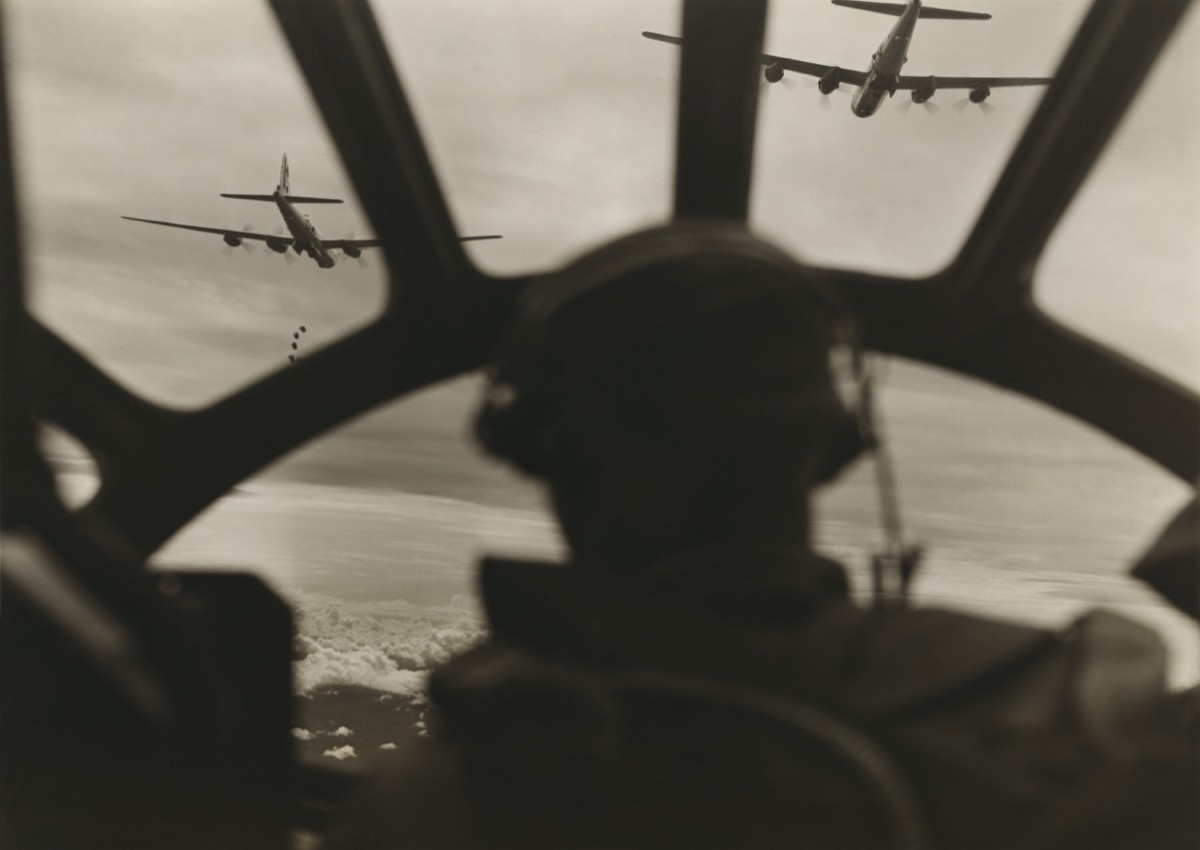
The good times of Nishikaichi did not last, as word finally reached Hawaii of the attack. The pilot was then put under guard, but he had an unexpected ally—Yoshio Harada, a natural-born American of Japanese ancestry who was brought in to translate for Nishikaichi. Harada decided that the Japanese were more likely to win the war, so threw his efforts to them, stealing guns and breaking Nishikaichi out.
The two then confronted Howard Kaleohano, who had pulled Nishikaichi from the wreckage (and snatched some sensitive documents in the process), burning his house to the ground. But before things got further out of hand, a local attacked and killed the pilot, bringing an end to what would become known as The Niihau Incident.
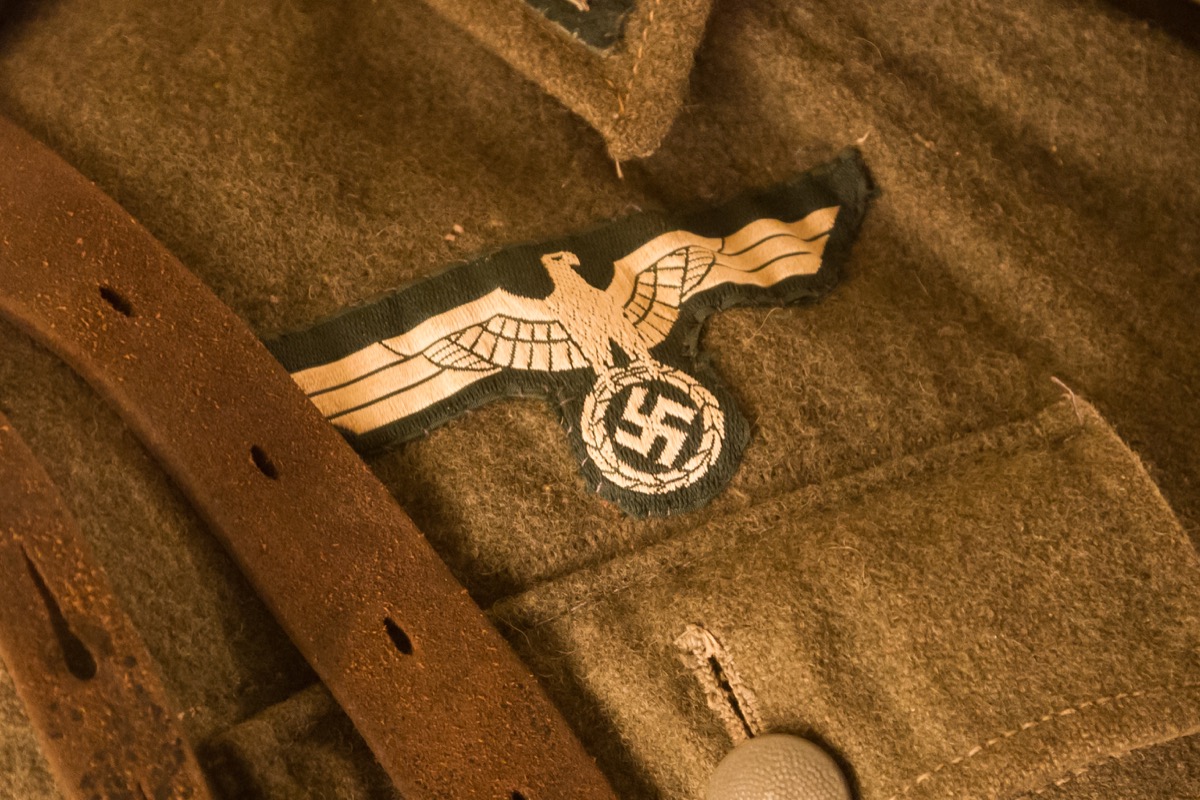
The 45th Infantry Division wore on their uniform a traditional Native American symbol of good luck: a pair of angled bars intersecting at the middle that we would recognize today as the swastika. For 15 years this adorned the uniforms of the division's members, which contained members from Oklahoma, New Mexico, Colorado and Arizona (areas with a rich Native American tradition). But as the Nazis rose to power in Germany, the group ditched the symbol and, by 1939, swapped in a Thunderbird design.
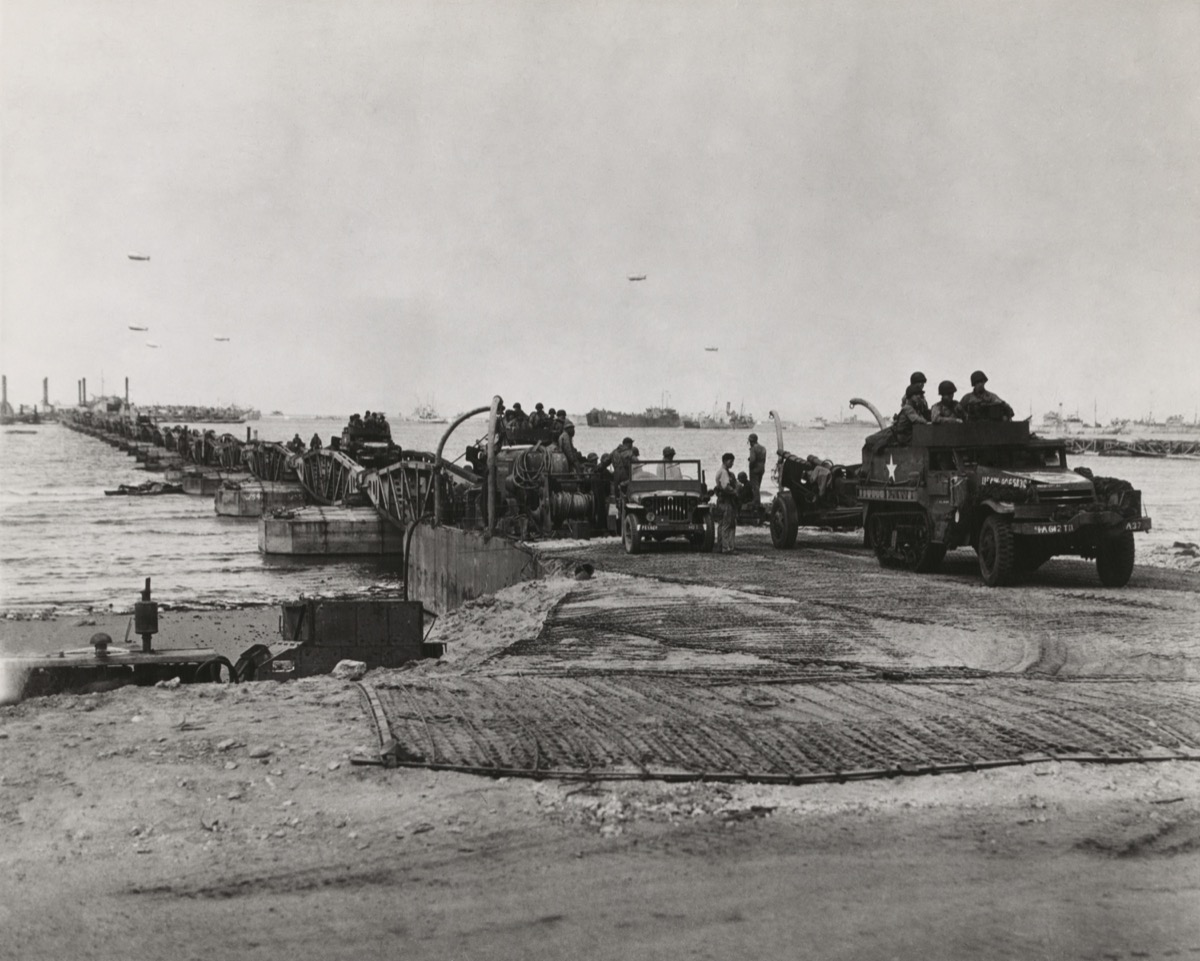
American Lieutenant General Lesley McNair was killed by friendly fire while in France, taking part in Operation Quicksilver, which disguised landing sites for the Invasion of Normandy. He was posthumously promoted to general and is currently the highest-ranking military officer buried in the Normandy cemetery.

While some reports list General Lesley McNair as the highest-ranking American casualty, that's only if you consider his posthumous promotion to general. In fact, he was one of four lieutenant generals killed in action—the others being Frank Maxwell Andrews, Simon Bolivar Buckner, Jr., and Millard Harmon.
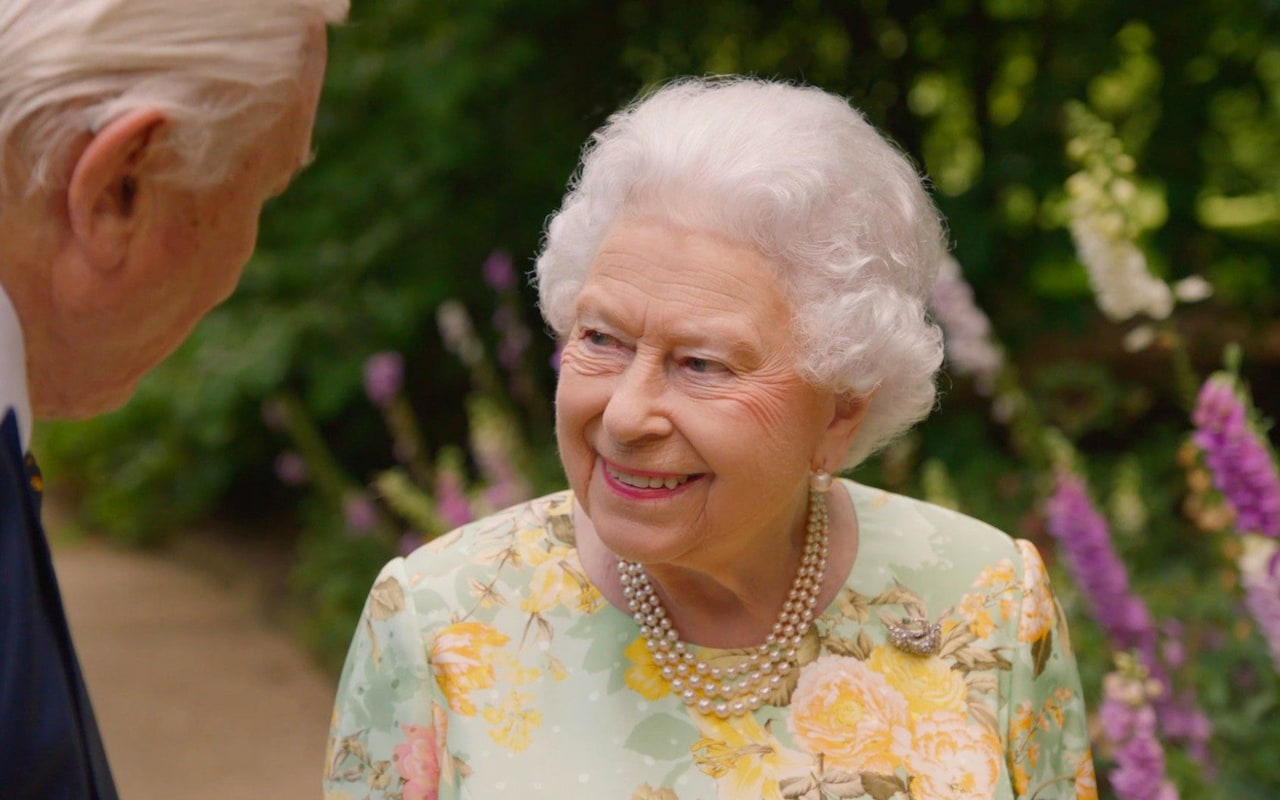
When she was merely Princess Elizabeth—the eldest daughter of King George VI—the future queen chipped in and did her part for the war effort by serving in the Auxiliary Territorial Service. As she turned 18 in 1944, the King determined that her training as a princess was more important than her serving alongside her countrymen. But the princess had other plans, and dedicated herself to repairing engines and other efforts to help the cause.
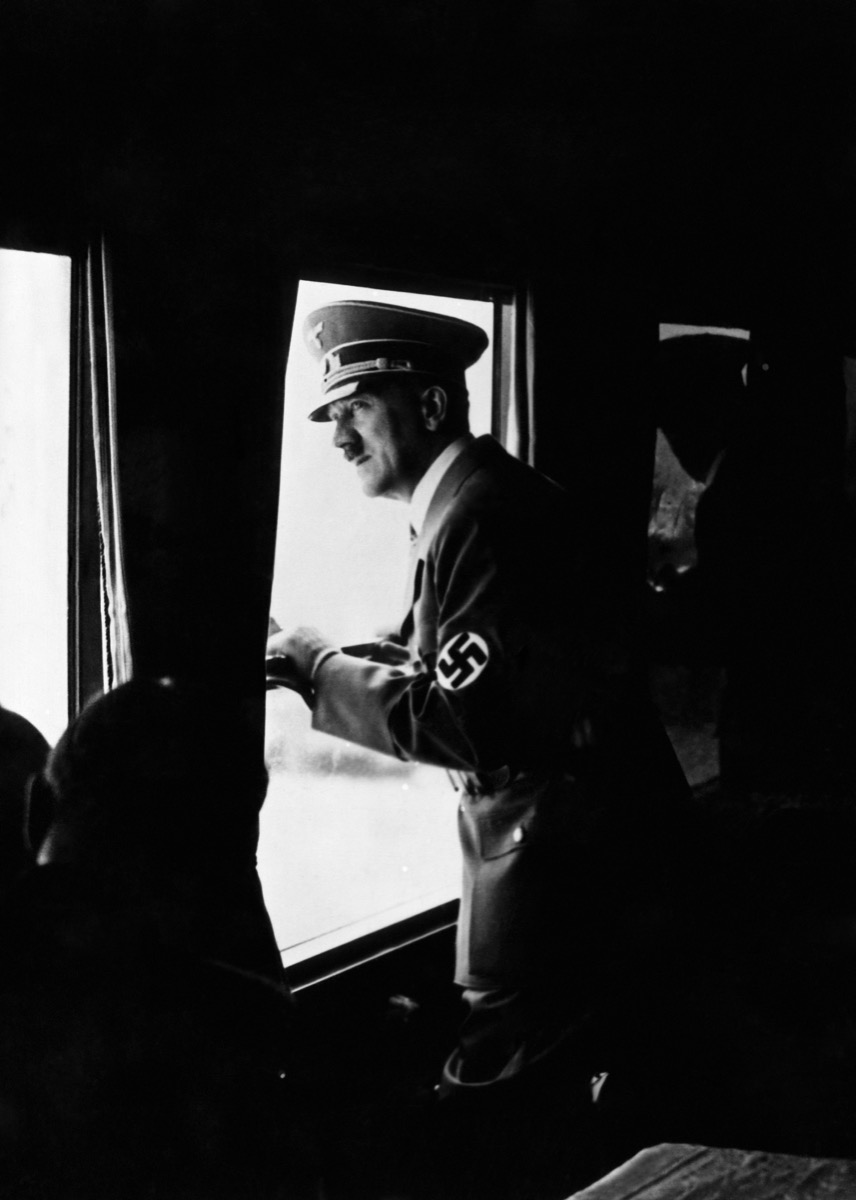
Adolf Hitler would travel in a Fuhrersonderzug (the Fuhrer's special train), which he would use as a mobile headquarters. It was equipped with a conference car, escort car, dining car, two sleeping cars, and more. Oh, and it was codenamed "Amerika." It was an odd name for the official transport of Germany—which, apparently, the Nazis came to realize. They changed its name to "Brandenburg" in 1943.
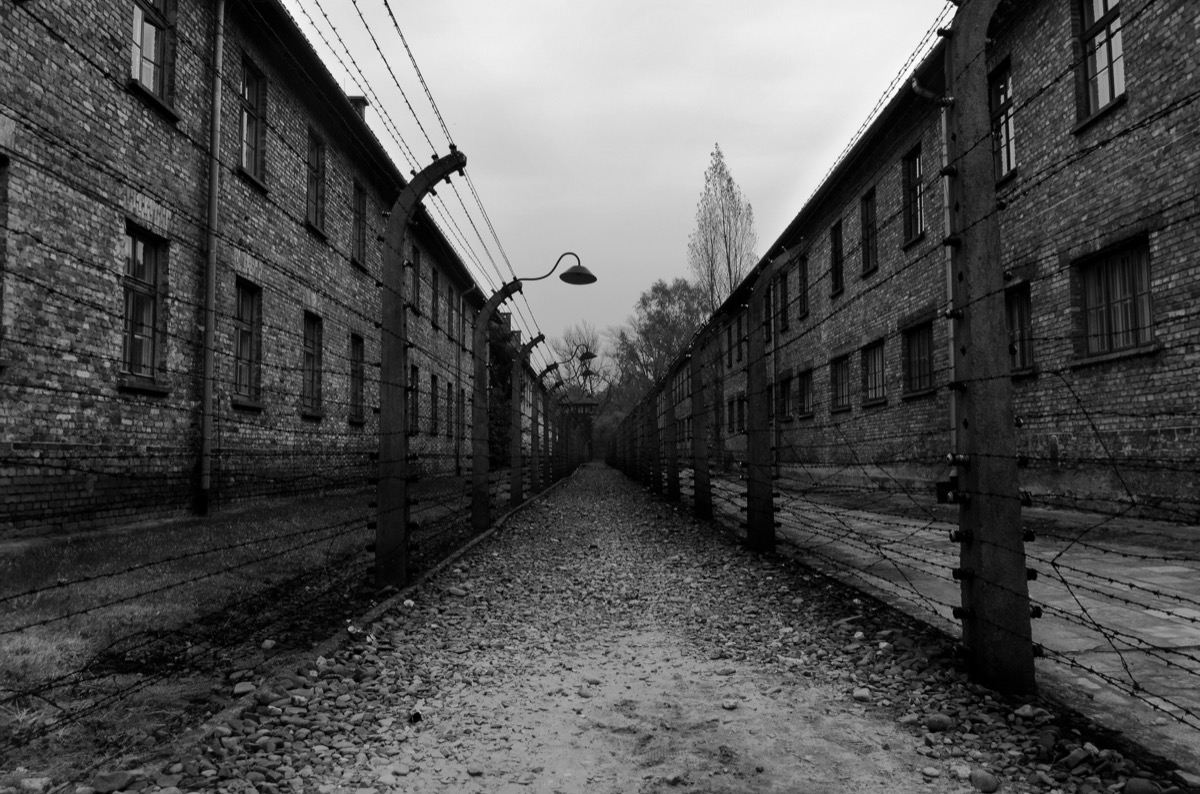
Polish midwife Stanisława Leszczyńska, a prisoner of Aushwitz, took responsibility for delivering the children born at the concentration camp, eventually delivering more than 3,000 babies during her time there. Of those, 2,500 did not survive past infancy in the camp, and just 30 of those are estimated to have survived to when the camp was liberated. Leszczyńska's work was celebrated in 1970, as she was reunited with some female former prisoners and their children—whom she had helped deliver.
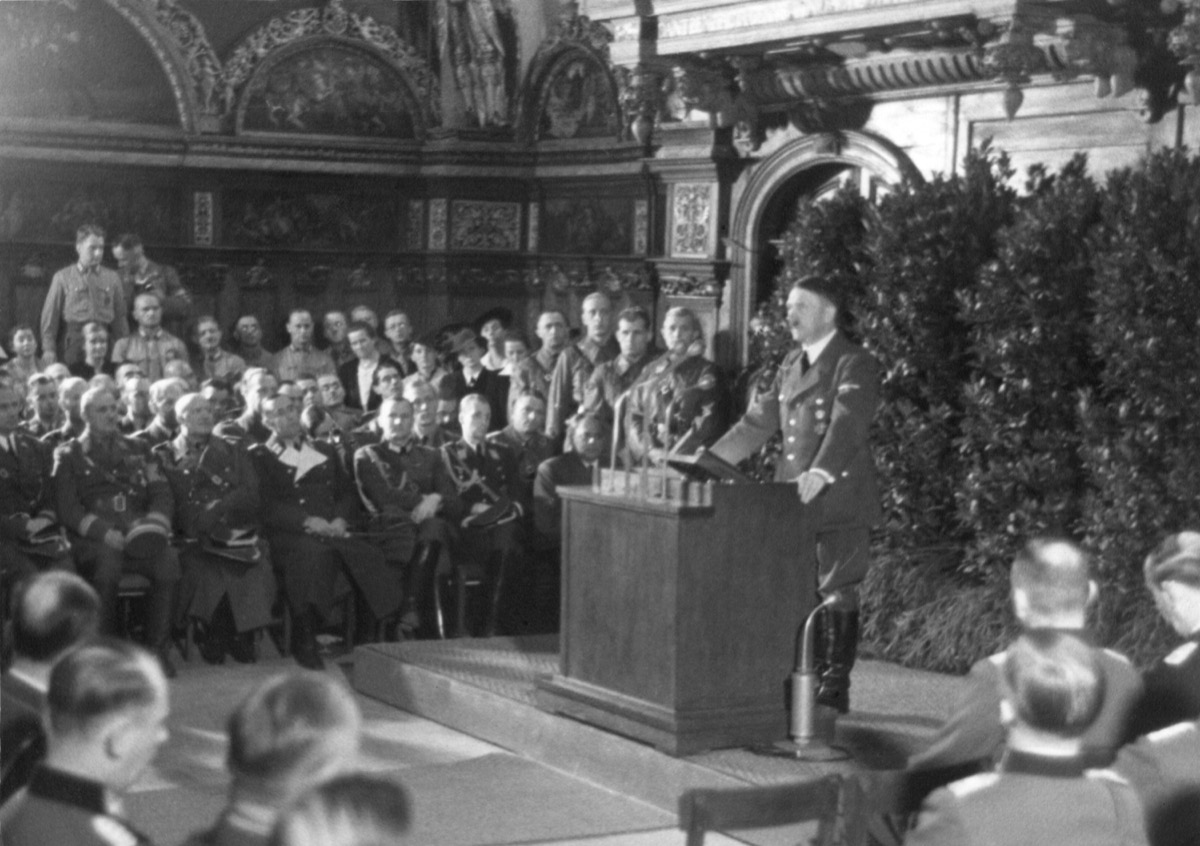
With friends like these… Yes, Hitler was also ruthless and cruel in his treatment of his own military leaders, executing no fewer than 84 of his own generals over the duration of the war. Most of the executions were due to the discovery that the men were plotting against him—in particular those found to be part of the now legendary 20 July bomb plot.
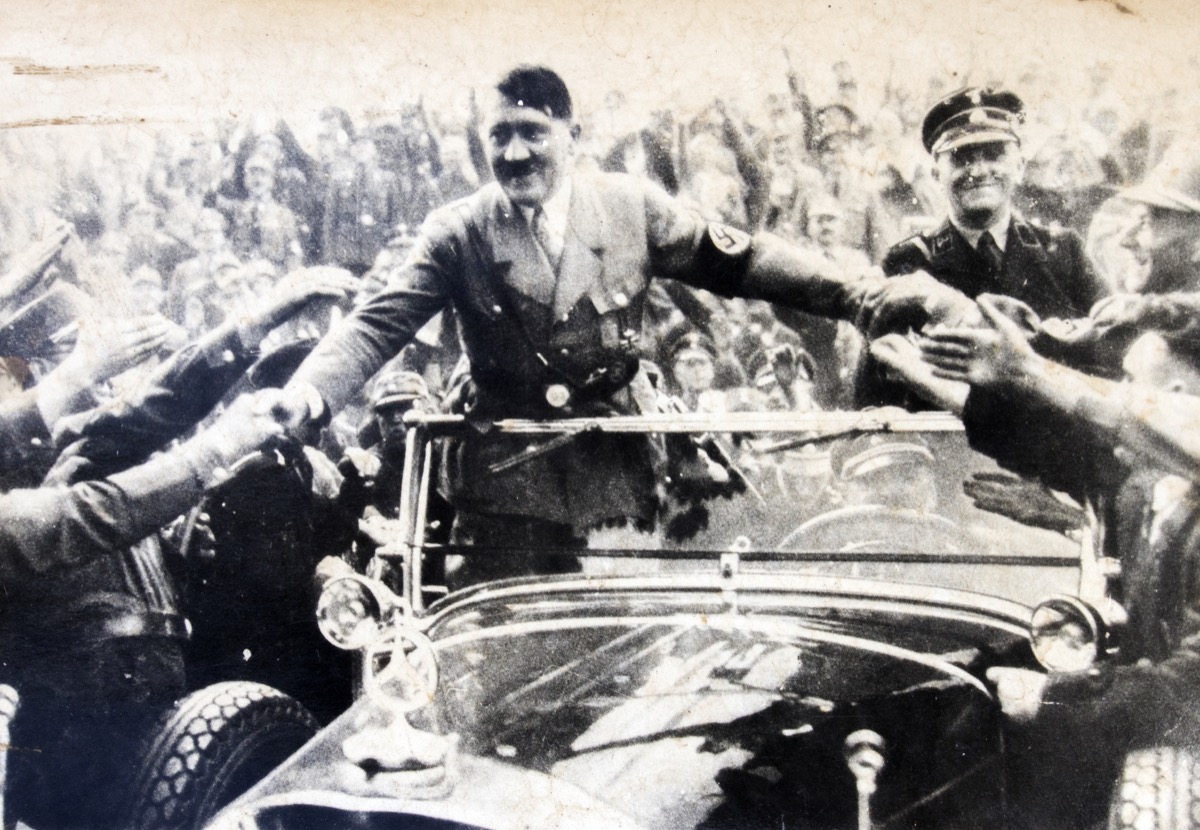
Though Nazi scientists worked to develop weaponized versions of diseases such as typhoid and cholera, Hitler discouraged the use of offensive biological weapons in battle, possibly because of his experiences with bioweapons during the First World War.

One type of biological weapons that the Nazis considered unleashing on their enemies was an army of potato beetles, which they thought could dropped on England to destroy its crops and cause widespread famine. But the scientists realized that almost 40 million insects would be needed for the effort if it were to make an impact—though several million were stockpiled by the time the war ended.
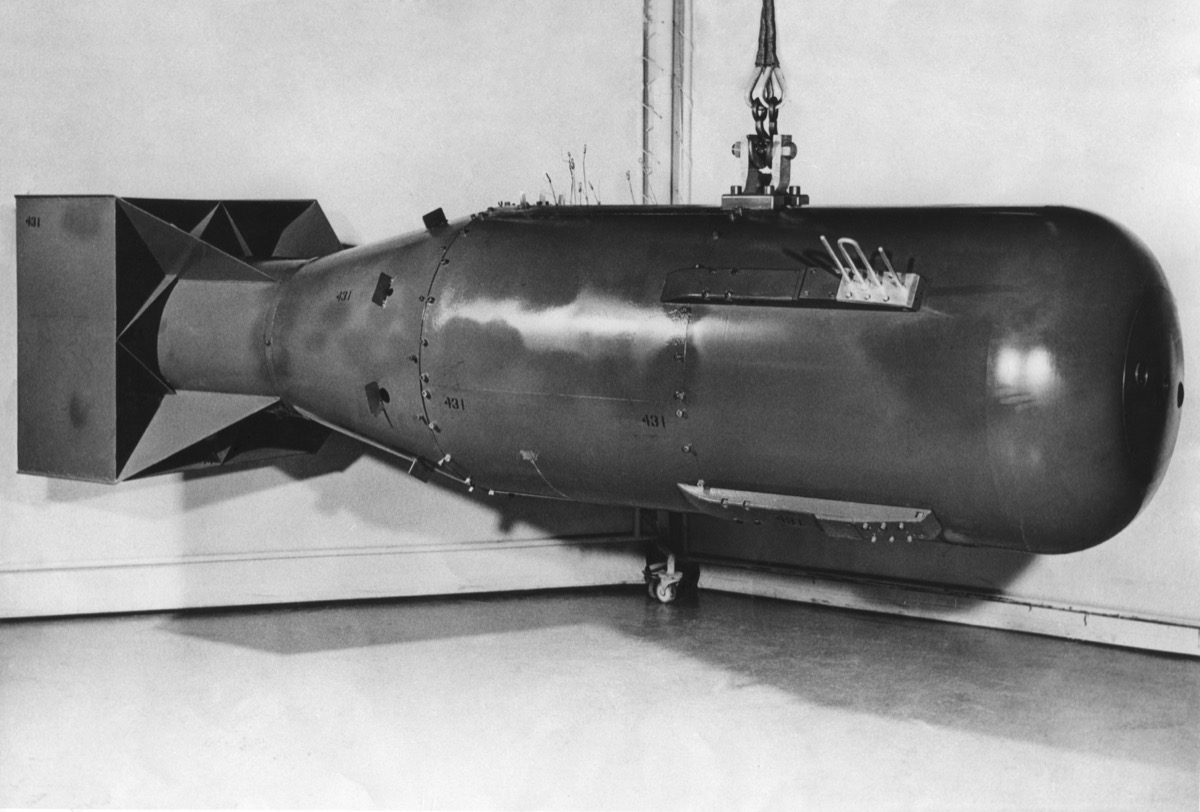
After attempts to develop a nuclear weapon were undone, the Axis powers considered using what they had to detonate a "dirty bomb" on the west coast of the U.S., using I-400 class submarines from Japan to deliver the Germany-produced uranium. But the uranium never made it to Japan—and even likely ended up being used in the atom bomb dropped on Hiroshima.

Talk about gnarly odds: John R. McKinney was on guard duty in the Philippines when he was attacked in May 1945 by a large group of Japanese fighters. Over 36 minutes, he fought off the men using his skills with an M1 rifle, then hand-to-hand combat, ultimately killing 38 of their troops, over two waves of fighting. His courage on that day earned McKinney a Medal of Honor (and a partially severed ear).

No, it's not like "Fake News." "Phony War" (or "Phoney War," if you're English) was the term given to the early months of the war (between September 1939 and April 1940), after war had begun officially but without any major hostilities. During this time, the British braced for disaster, with blackouts enforced and defenses up, but no real action—until the Germans attacked France in May 1940 and things got very real, very quickly.
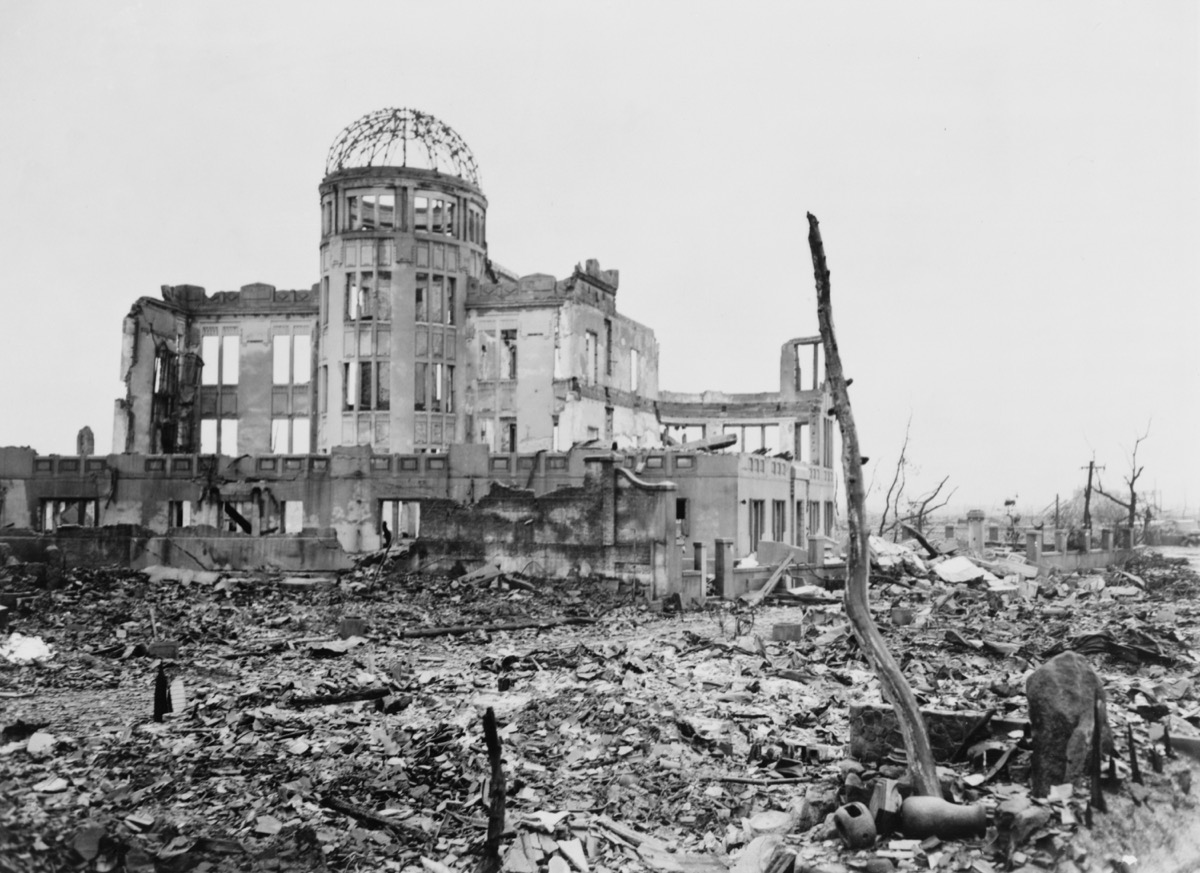
The devastation caused by the nuclear bombs dropped on Hiroshima and Nagasaki was not limited to Japan. Thousands of South Koreans were also killed as a result of the strikes. More than 20,000 Koreans are estimated to have been killed by the bombings—because they were working in Hiroshima at the time of the bombing. A couple years ago, the Association of Korean Atomic Bomb Victims called on President Obama to "offer an apology" to the Korean people upon his visit to Hiroshima.
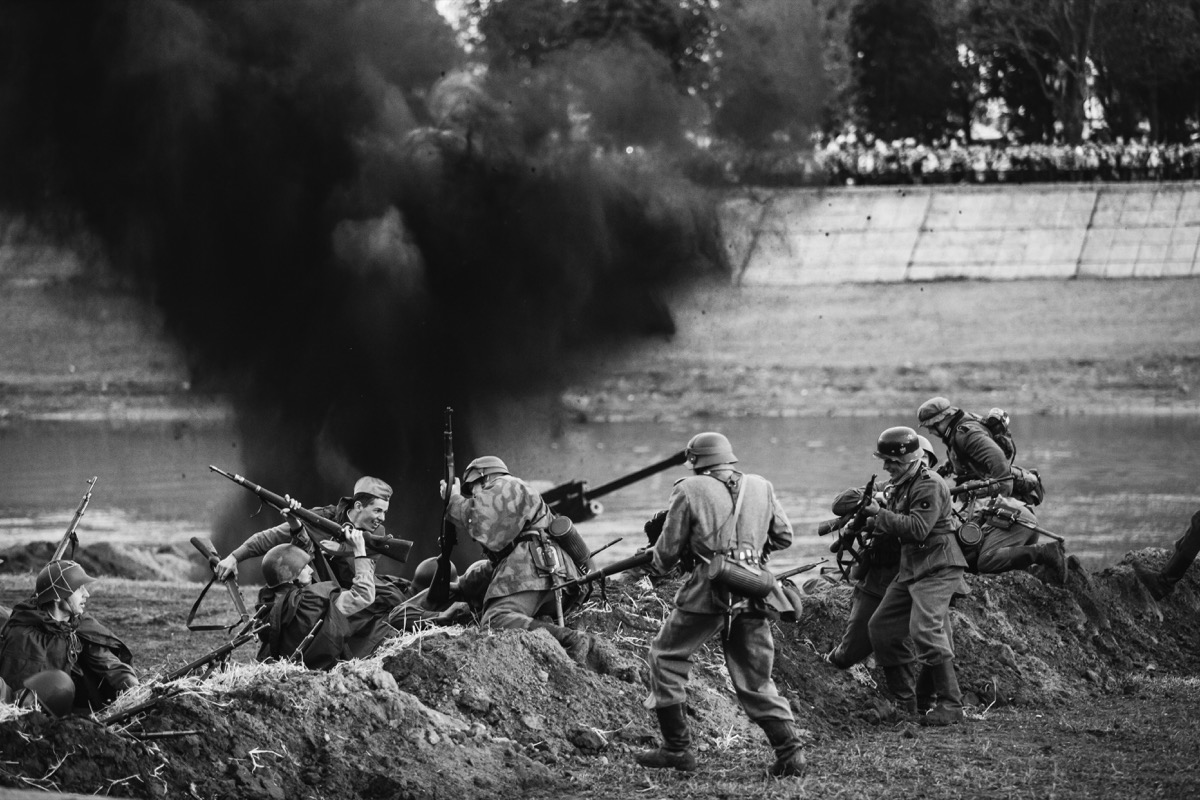
Many Koreans were forced to fight on behalf of the Japanese cause—but there is one soldier who is reputed to have fought for basically everyone. According to legend, Korean soldier Yang Kyoungjong, who had fought for the Imperial Japanese Army, was then captured and force to fight for the Soviet Red Army, and later the German Wehrmacht. It was during this time that the Allied forces landed in France and Yang was captured by the U.S. Army.
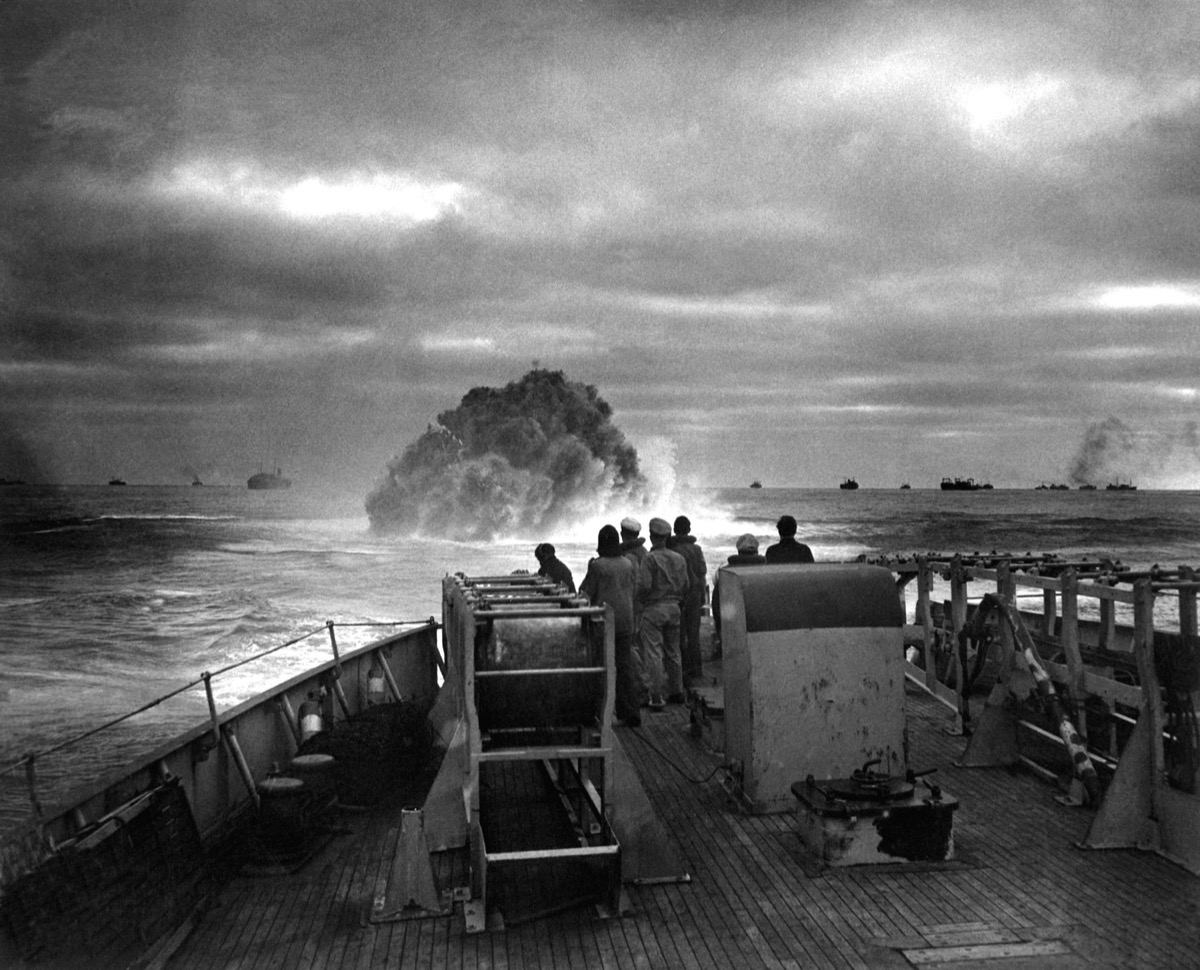
Calvin Graham, from Crockett, Texas, was the youngest person to serve in the U.S. Armed Forces, at just 12 years old. He forged his mother's signature and notary stamp, dressed in an older brother's clothing, and spoke in a deeper voice than natural. He managed to sneak into the Navy and served on the South Dakota battleship until it was damaged and taken back to the U.S. for repairs. Graham's mother spotted him on newsreel footage and alerted the military of her son's duplicity. He was dishonorably discharged but hailed as a hero by his hometown.
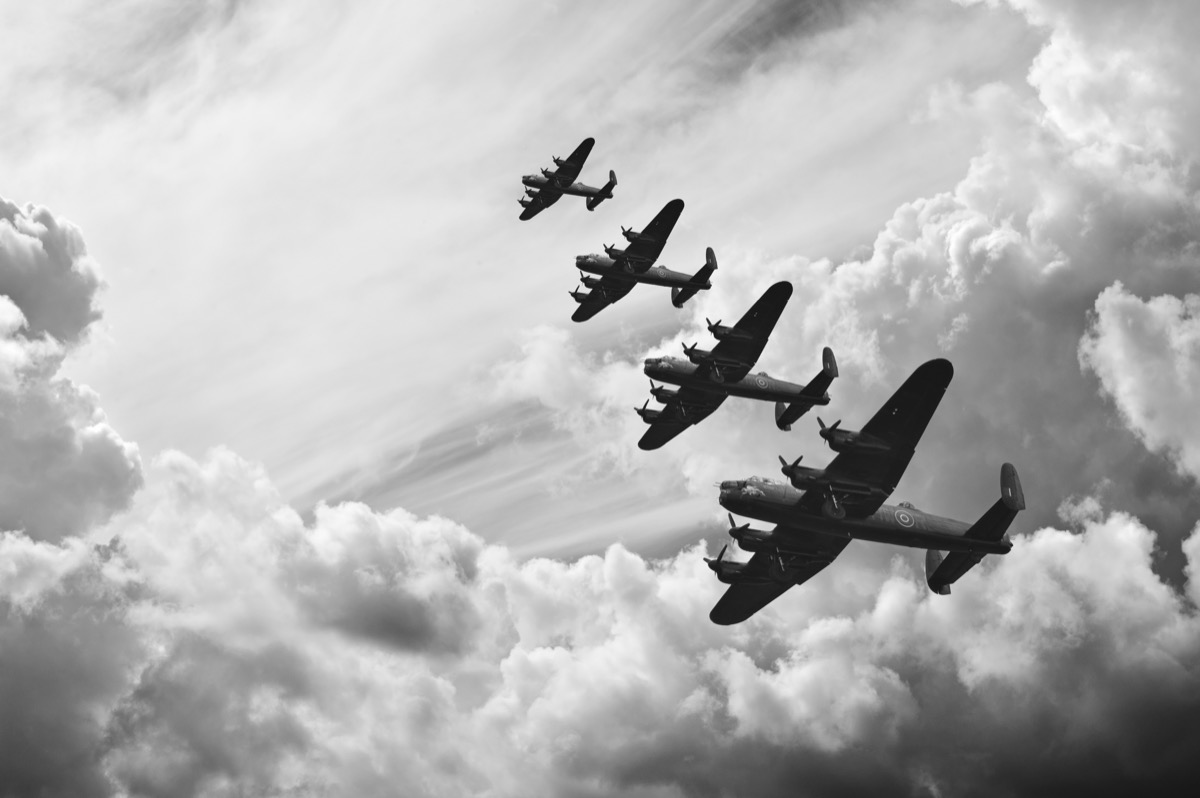
We burned through a lot of planes over the course of the war, with 11,965 Royal Air Force and 9,949 U.S. army Air Force bomber planes destroyed over the course of the war—with almost as many fighter planes lost on both sides

To help provide the beloved soft drink to the boys at the front lines, the Coca-Cola Company set up bottling plants in North Africa to allow them to produce and deliver millions of bottles to the men stationed in Europe.
The men expressed their gratitude—for example, one letter from the collection of the National WWII Museum states: "As part of our PX ration this week each man received two Cokes for which he paid four francs, and although some people may debate whether rye or bourbon are America's national drinks, when I saw the excitement caused by a case of Cokes and the remarks about the corner drugstore, I did not think the national drink was quite that strong!" And for more fascinating peeks at the past, check out these 30 Crazy Facts That Will Change Your View of History.
To discover more amazing secrets about living your best life, click here to follow us on Instagram!


